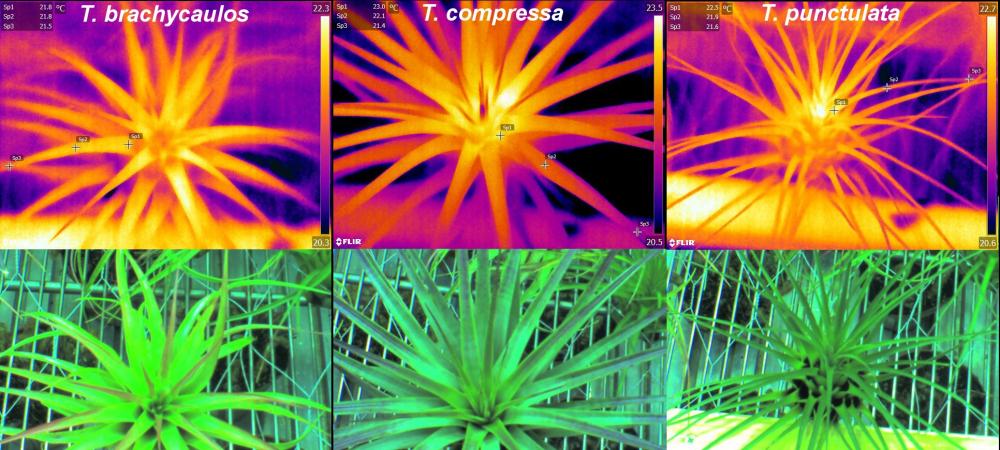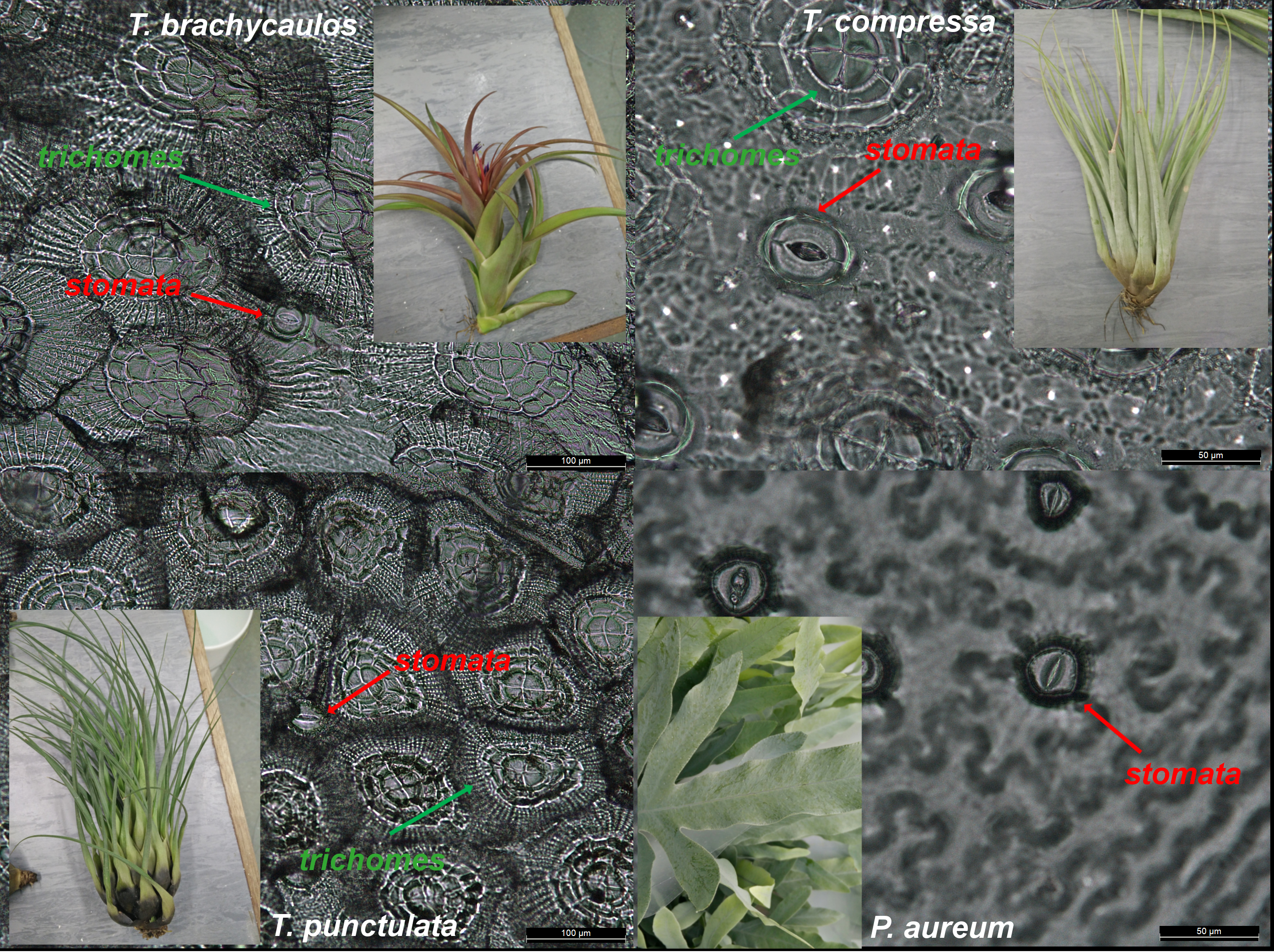
10 October, 2024

Sven Batke
Posted: 13 June, 2018

Our first blog entry under this month’s theme of ‘Plants and Botany’ is by Dr Sven Batke, a former Irish Research Council Government of Ireland Postdoctoral Fellow at University College Dublin. Sven has recently been appointed as a lecturer at Edge Hill University in the United Kingdom.
Land plants colonised the earth approximately 850 million years ago. However, the environment they colonised was vastly different from today’s world. The atmospheric conditions were anything but favourable for life. Early plants started to flourish and diversify by developing key evolutionary innovations, many of which can still be found in plants today. These include the outer cuticle that protects the plants from pathogens and harmful radiation, and small pores called stomata that help the plant to exchange gas between the leaf and the atmosphere.

Concentrations of atmospheric gases, such as carbon dioxide (CO2) and oxygen, have not always been the same through earth’s history. In fact, they have fluctuated quite dramatically. For example, 500 million years ago atmospheric CO2 concentration was as high as 5000 parts per million (ppm) and oxygen concentrations as low as 0.1%. In comparison, current oxygen levels are approximately 21% and CO2 concentrations are 400 ppm. The dramatic fluctuations of these gases are the combined result of changes in tectonic activities, geological processes (e.g. weathering) and the colonisation of plants on land.
Plants have truly shaped our planet and provided us with the oxygen we breathe and the food we eat. We use plants in many other ways too: to produce clothes or fuel. It was not until the industrial revolution and the invention of the combustion engine, however, that the usefulness of plants as a fuel product became more important. Nowadays, our industries depend on plant-derived fuels (e.g. coal and oil). When plants grow, they utilise the biochemical process of photosynthesis to absorb CO2 from the atmosphere. This is believed to have contributed substantially to the decrease of atmospheric CO2 concentrations over history. Our current lifestyle is reverting this process, by increasing the relative concentrations of CO2 in the atmosphere through the burning of fossil fuels and land conversion. This increase has been documented continuously by scientists, and has now started to cause significant biological and atmospheric alterations of our fragile earth system. CO2 is one of many so-called greenhouse gases that can affect earth’s climate. Increased concentrations of these gases can lead to higher temperatures. This is also known as the ‘greenhouse effect’.
When plants photosynthesise they release water as a by-product through their stomatal pores. This exchange is controlled by the opening and closing of stomata, and is a major regulating force of the climate system. Plants are quite ‘clever’ in that they try to avoid water loss by keeping their stomatal pores shut whenever the balance between CO2 gain and water loss becomes threatening to their survival. It has been suggested that in most cases plants become more water-use-efficient in a high-CO2 world, because they need to open their stomata for a shorter time to absorb the same amount of CO2. This is great news from a future plant’s perspective, because they conserve water, but it could alter global hydrological processes (i.e. water transport from the soil). By disentangling the underlying mechanisms and by quantifying the effect of the interplay between CO2 and water on the global plant-atmosphere system, we will be able to understand past, and more importantly, future effects of elevated CO2 concentrations on our planet. The importance of this cannot be overstated, as we are reliant on the stability of this system for our survival (e.g. food production).
To shed more light on this interplay, I set-up a number of experiments in climate-controlled growth chambers at the Programme for Experimental Atmospheres and Climate (Peac) at University College Dublin, as part of my Irish Research Council-funded ‘CloudForest’ project. The growth chambers allowed me to manipulate atmospheric conditions and simulate different CO2 concentrations that are predicted for the year 2050 (560ppm). I was interested in an often overlooked group of plants, the so-called epiphytes. Epiphytes are plants that grow on other plants for physical support but are not parasitic. They include species such as orchids, many ferns and bromeliads. It has been estimated that 9% of all vascular plants are epiphytic and that their leaf biomass can exceed the leaf biomass of their host tree. In my Council-funded experiment, I grew some of these plants for 8 months under different CO2 and light conditions. I was particularly interested in how these plants respond to increased atmospheric CO2. What do their stomata do? Do epiphytes become more water-use-efficient? And if so, how much could this affect plant-atmosphere water feedbacks?
The results of this work will be revealed later this year. In the meantime, sit tight and think ‘plant’.
Disclaimer: The opinions expressed in our guest blogs are the author’s own, and do not reflect the opinions of the Irish Research Council or any employee thereof.